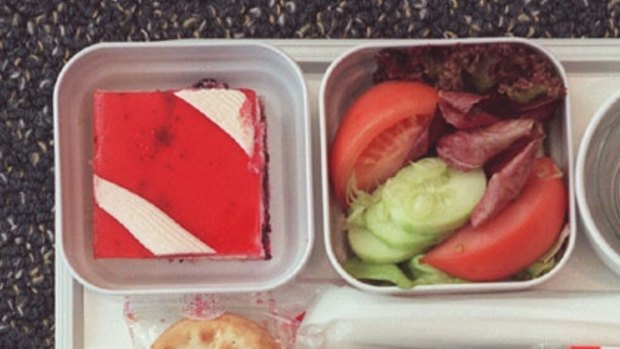
There's a lot that goes into preparing airline food.
The parameters that require food to be reheated, at altitude in a confined space and served to a large number of people with divergent tastes in a short space of time imposes limitations on quality and diversity. Sagging, tasteless vegetables, pasta that said arrivederci to the al dente stage some way back and pre-cut meat swimming in sauce that can be tackled with blunt cutlery are therefore the order of the day.
Also, airlines are acutely cost conscious and shaving a few cents off the price of each meal can make a big difference to their bottom line. When American Airlines removed one olive from each first-class salad in the 1980s, the airline reported a US$40,000 saving.
There has also been a shift in passengers' expectations. Back when the meal was one of the highlights of flying you had just one movie. Now, with hundreds of entertainment choices on the inflight entertainment system, most passengers are more interested in their personal screens, and thus diverted are not so choosy about what gets put on their tray table.
Much of how we perceive taste is due to smell. In the dry, cool air of a pressurised cabin our olfactory receptors are partly decommissioned. Pinch your nostrils and it might be hard to tell an apple from a carrot. On the other hand, many flyers report that tomato juice tastes fantastic at altitude.
Sign up for the Traveller newsletter
The latest travel news, tips and inspiration delivered to your inbox. Sign up now.